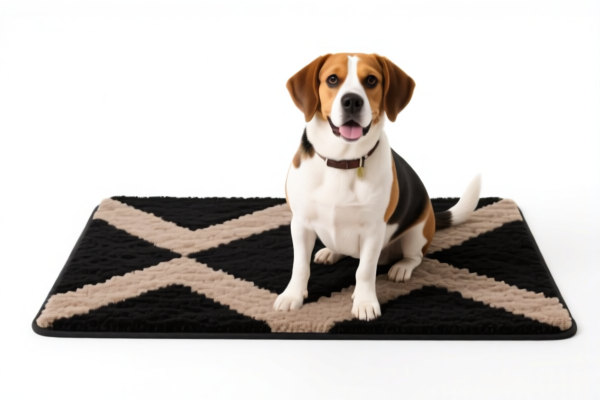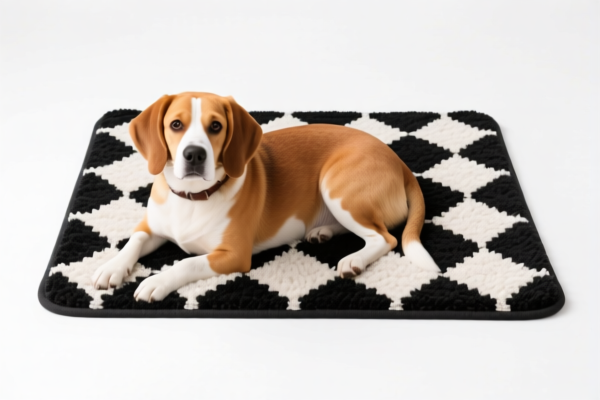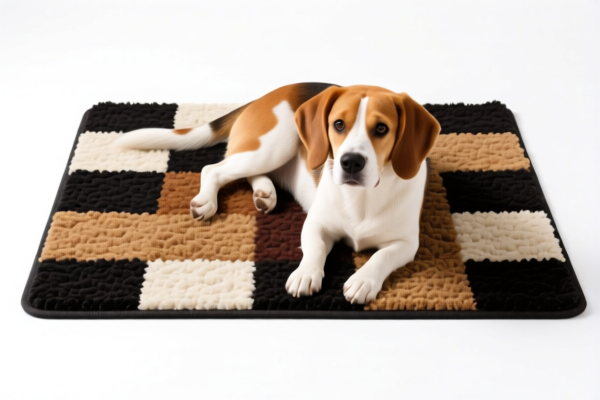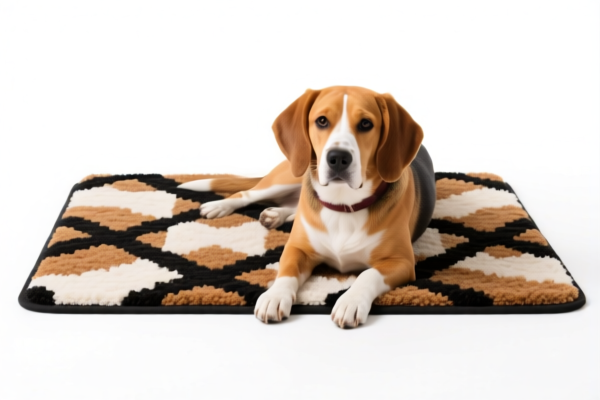| HS Code | Official Doc | Tariff Rate | Origin | Destination | Effective Date |
|---|---|---|---|---|---|
| 5705002030 | Doc | 58.3% | CN | US | 2025-05-12 |
| 5705002090 | Doc | 58.3% | CN | US | 2025-05-12 |
| 5703900000 | Doc | 58.8% | CN | US | 2025-05-12 |
| 5802300090 | Doc | 61.2% | CN | US | 2025-05-12 |
| 5802300030 | Doc | 61.2% | CN | US | 2025-05-12 |
| 5806400000 | Doc | 63.0% | CN | US | 2025-05-12 |
| 5806310000 | Doc | 63.8% | CN | US | 2025-05-12 |
| 6001910010 | Doc | 73.5% | CN | US | 2025-05-12 |
| 6001910020 | Doc | 73.5% | CN | US | 2025-05-12 |
| 6002904000 | Doc | 63.8% | CN | US | 2025-05-12 |
| 6002908080 | Doc | 63.0% | CN | US | 2025-05-12 |
| 6003909000 | Doc | 61.6% | CN | US | 2025-05-12 |
| 6003901000 | Doc | 69.1% | CN | US | 2025-05-12 |
| 6004909000 | Doc | 62.0% | CN | US | 2025-05-12 |
| 6004902085 | Doc | 67.3% | CN | US | 2025-05-12 |
| 6005909000 | Doc | 65.0% | CN | US | 2025-05-12 |
| 3918901000 | Doc | 60.3% | CN | US | 2025-05-12 |
| 3918902000 | Doc | 61.5% | CN | US | 2025-05-12 |




Fiber Carpet
Fiber carpet refers to floor coverings constructed from synthetic or natural fibers. These carpets are widely used for residential and commercial applications due to their diverse properties, aesthetic options, and cost-effectiveness.
Materials
Fiber carpets are categorized based on the materials used in their construction:
- Synthetic Fibers:
- Nylon: The most common synthetic fiber, known for its durability, stain resistance, and resilience. It accepts dyes well, offering a wide range of color options.
- Polyester: Generally softer than nylon and exhibits good stain resistance, particularly to water-based stains. Less resilient than nylon and can flatten over time in high-traffic areas. Often made from recycled materials.
- Olefin (Polypropylene): Highly stain-resistant, particularly to oil-based stains, and resistant to moisture and fading. Less resilient than nylon or polyester and can be susceptible to crushing. Commonly used in outdoor carpets and basements.
- Triexta (PTT): A relatively new fiber offering a combination of nylon and polyester properties, including good stain resistance, resilience, and softness.
- Natural Fibers:
- Wool: Considered the highest quality natural fiber, prized for its durability, resilience, softness, and natural stain resistance. More expensive than synthetic options and requires professional cleaning.
- Sisal: A strong, durable fiber derived from the agave plant. Offers a textured, natural look. Can be rough underfoot and less comfortable than other options.
- Jute: A softer, less durable natural fiber. Often used in area rugs. Susceptible to staining and moisture damage.
- Seagrass: A durable, natural fiber with a unique texture. Resistant to staining and moisture, making it suitable for high-traffic areas.
Purpose & Function
- Aesthetic Enhancement: Provides warmth, color, and texture to interior spaces.
- Comfort & Warmth: Offers a soft surface for walking and sitting, and provides insulation.
- Noise Reduction: Absorbs sound, reducing echo and noise levels.
- Safety: Provides a cushioned surface, reducing the risk of slips and falls.
- Air Quality: Can trap dust and allergens, improving indoor air quality (requires regular vacuuming and cleaning).
Usage Scenarios
- Residential: Living rooms, bedrooms, hallways, stairs, basements.
- Commercial: Offices, hotels, retail stores, schools, hospitals.
- High-Traffic Areas: Hallways, entryways, offices (require more durable fiber types like nylon).
- Low-Traffic Areas: Bedrooms, living rooms (can utilize softer, less durable fiber types).
- Outdoor Areas: Patios, decks (require olefin or other weather-resistant fibers).
Common Types & Construction
- Cut Pile: Fibers are cut at the ends, creating a soft, plush surface.
- Saxony: Dense, twisted fibers creating a formal, luxurious look.
- Frieze: Highly twisted fibers creating a textured, casual look.
- Velvet/Plush: Dense, short fibers creating a smooth, elegant surface.
- Loop Pile: Fibers are looped at the ends, creating a durable, textured surface.
- Berber: Dense, looped fibers creating a casual, textured look.
- Level Loop: All fibers are the same height, creating a uniform appearance.
- Multi-Level Loop: Fibers are different heights, creating a patterned appearance.
- Cut & Loop Pile: Combines cut and loop fibers creating a patterned or textured surface.
- Tufted: Most common construction method, where fibers are inserted into a primary backing.
- Woven: Fibers are woven into a backing, creating a more durable and expensive carpet.
The declared goods, “fiber carpet,” can be categorized based on material composition and construction. The following HS codes are relevant based on the provided information:
- 5705.00.20.30 - Other carpets and other textile floor coverings, whether or not made up: Other Of man-made fibers. This code covers carpets not specifically classified elsewhere, constructed from man-made fibers. The basic tariff is 3.3%, with an additional tariff of 25.0%, increasing to 30.0% after April 2, 2025, resulting in a total tax rate of 58.3%.
- 5705.00.20.90 - Other carpets and other textile floor coverings, whether or not made up: Other Other. This code also covers carpets not specifically classified elsewhere, but without a specific fiber composition noted. The basic tariff is 3.3%, with an additional tariff of 25.0%, increasing to 30.0% after April 2, 2025, resulting in a total tax rate of 58.3%.
- 5703.90.00.00 - Carpets and other textile floor coverings (including turf), tufted, whether or not made up: Of other textile materials. This code applies to tufted carpets made from materials other than those specifically mentioned elsewhere. The basic tariff is 3.8%, with an additional tariff of 25.0%, increasing to 30.0% after April 2, 2025, resulting in a total tax rate of 58.8%.
- 6001.91.00.10 - Pile fabrics, including "long pile" fabrics and terry fabrics, knitted or crocheted: Other: Of cotton Over 271 grams per square meter. This code covers knitted or crocheted pile fabrics made of cotton with a weight exceeding 271 grams per square meter. The basic tariff is 18.5%, with an additional tariff of 25.0%, increasing to 30.0% after April 2, 2025, resulting in a total tax rate of 73.5%.
- 6001.91.00.20 - Pile fabrics, including "long pile" fabrics and terry fabrics, knitted or crocheted: Other: Of cotton Other. This code covers knitted or crocheted pile fabrics made of cotton, without a specific weight requirement. The basic tariff is 18.5%, with an additional tariff of 25.0%, increasing to 30.0% after April 2, 2025, resulting in a total tax rate of 73.5%.
Note: The applicable tariff rates are subject to change, particularly after April 2, 2025, as indicated in the provided information. It is important to confirm the latest rates at the time of import.
Customer Reviews
No reviews yet.